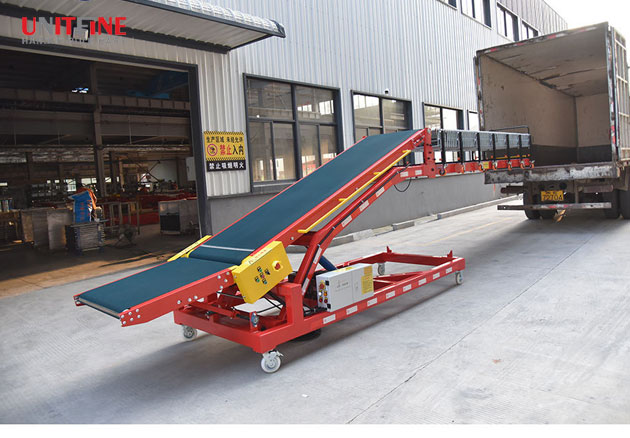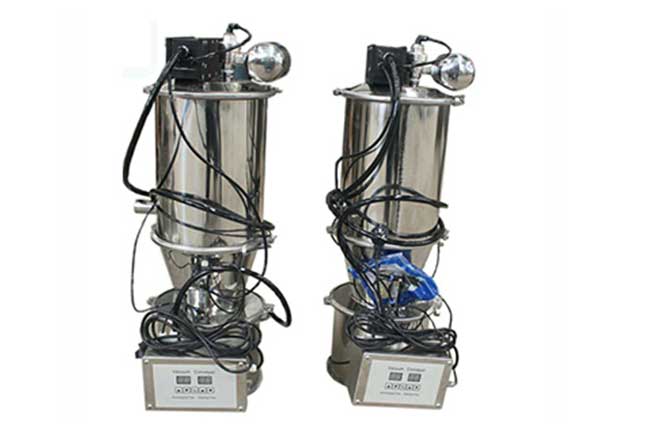Products
- Fine Screening EquipmentsUZSF Series High-Efficiency Linear Vibrating ScreenFlow-Thru Rotary Vibrating Separator | High-Efficiency Sieving for Food & PharmaUF Ceramic Slurry Vibrating ScreenUF Gyratory ScreenerTumbler Fine SieveUF-450 High Performance Noiseless Vibrating Screen with Mobile ChassisRotary Vibrating SieveRotary Brush System For Multi Screen SeparatorsEasy and Durable Flange DesignsUltrasonic Vibrating SieveRaised Rim InletUTEX GYRATORY SCREENER
- Conveying System
UNITFINE CE Certified Mobile Telescopic Belt Conveyor | High-Efficiency Truck LoaderUnitfine Tubular Cable Drag ConveyorUnitfine Fork-Arm Loop Lifter | Continuous Vertical Conveyor SystemUFLOW Vacuum ConveyorUnitfine U Type Screw Conveyor: Advanced Material Transfer Solution for Industrial ApplicationsDrag Tube Chain Conveyor: Advanced Enclosed Material Transport SystemZ Type Bucket Elevator: Space-Efficient Vertical and Horizontal Conveying SolutionUnitfine Screw Conveyor: Premium Material Handling Solution for Diverse Industrial ApplicationsGZV Series Electromagnetic Vibratory Pan FeedeUnitfine Can Lid/End Feeder- Laboratory Equipment
Unitfine SS30 Intelligent Top-Tap Sieve Shaker (Ro-Tap Style)P23110 Top Tap Sieve ShakerLab Vibrating Sieve- Mills/Grinders/Pulverizers
Ball Mill Plus Minus Air DischargeUnitfine Hammer MillSB Type Auto Drive Vibration MillUF Super Fine Micro PulverizerUFG-40 Coffee Bean GrinderUF-250 Electric Coffee Grinding Machine2C Type Continuous Vibration Mill- Drying Equipments
GFG Series High-Efficiency Fluid Bed Dryer | Pharmaceutical & Food Granule DryingContinuous Mesh Belt Dryer for Food & Vegetables | DW Series DehydratorUFC Continuous Automatic Electric Heating RoasterFZG Industrial Vacuum Tray Dryer- Granulators/Granulating Machine
UDSH Vertical Conical Spiral Ribbon MixerUFX Double Motion Powder MixerUnitfine Oscillating Granulator- Mixers/Blenders
Unitfine High Speed Shear Mixer GranulatorUnitfine Rotary Cone Mixer: Advanced High-Speed Mixing Solution for Premium Industrial ApplicationsIBC Bin BlenderV Type High Efficiency MixerUDH Horizontal Colter MixerUYH Series Two Dimensional MixerRibbon MixerPost Bin BlenderUnitfine 3D Swing Powder Mixer- Accessories & Modifications
- Conveying System
application
Related cases













